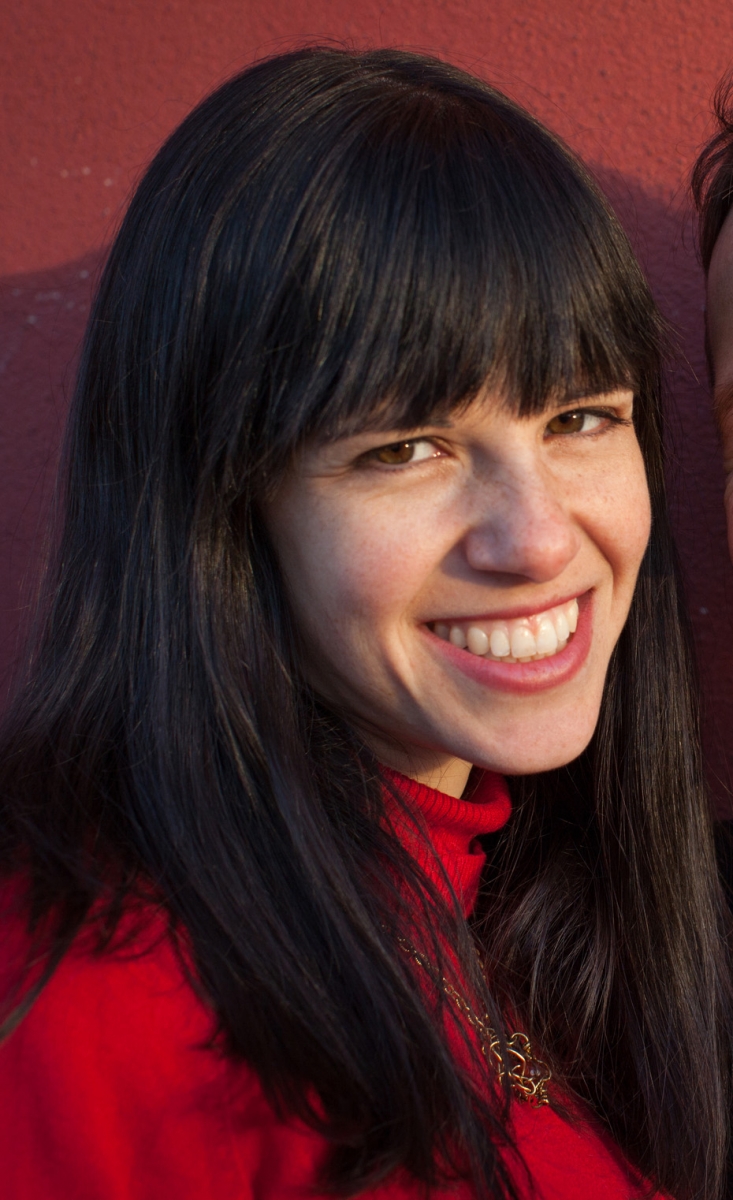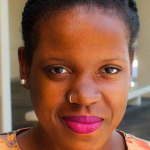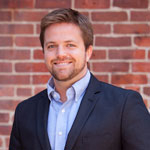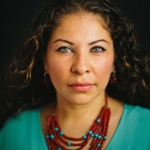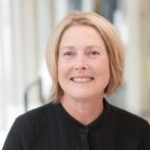Public Art Marketing & Community Engagement
Fall 2014 Public Art Digital Classroom
View Full Schedule | Speaker Bios | Registration is now closed.
The Fall Public Art Classroom will cover the development and implementation of public art marketing and engagement plans, strategies, messages, online tools, and educational resources. Public art programs face unique communications and engagement challenges. From how to define patrons to how to assess and communicate the value of a collection, public art professionals need marketing and community engagement strategies to build appreciation and support their collection and programs.
Join experts and fellow practitioners to learn about strategic marketing and engagement efforts, communicating value and purpose to the public and internal partners, online marketing and engagement best practices, and educational resources that can be developed to further engage your audience.
Introduction to Marketing & Community Engagement for Public Art Collections
Webinar: Tuesday, September 9, 2014; 3-4pm
Call: Tuesday, September 16, 2014; 3-4pm
Speaker: Margaret Bruning, Director of Civic Art at the Los Angeles County Arts Commission
Developing a marketing and community engagement strategy is essential for raising public awareness of and engagement for your public art collection. In this first session, we will use case studies to showcase the principles and need for successful marketing and community engagement strategies for public art collections.
Promoting the Value of Your Public Art Collection
Webinar: Tuesday, October 7, 2014; 3-4 pm
Call: Tuesday, October 14, 2014; 3-4 pm
Speaker: Robin Nigh, Manager of the Art Programs Division for the City of Tampa
Your public art collection’s purpose is to add value to the community. Defining this value and communicating it to your internal partners and the public at large is essential to grow support for your program and artworks. In this session, learn how to promote the value of your collection in order to raise awareness with the public and gain allies with internal partners.
Reaching the New: Developing Online Strategies
Webinar: Tuesday, November 4, 2014; 3-4pm
Call: Tuesday, November 4, 2014; 4:30-5:30pm
Speakers:
Katherine Gressel, NYC-Based Independent Curator and Writer
Caitlin Martin, Media and Communications Manager for the Association for Public Art
This session will provide examples of online marketing and community engagement strategies for public art programs to explore your online strategy options. We will look at and evaluate some of the tools at your disposal to help you figure out what will meet your collection’s needs.
Educational Resources
Webinar: Tuesday, December 2, 2014; 3-4 pm
Call: Tuesday, December 9, 2014; 3-4 pm
Speaker: Kirstin Wiegmann, Director of Education and Community Engagement at Forecast Public Art
Public art and education is the next step of outreach for public art programs. Education can be as simple as developing a catalogue of the collection and regularly scheduled tours. It can also involve a more collaborative outreach effort such as working with local schools to integrate public artworks into the curriculum. In this session, we will explore examples on how to educate the public about your collection.
*Note: Class and call dates are subject to change based on presenter availability.




